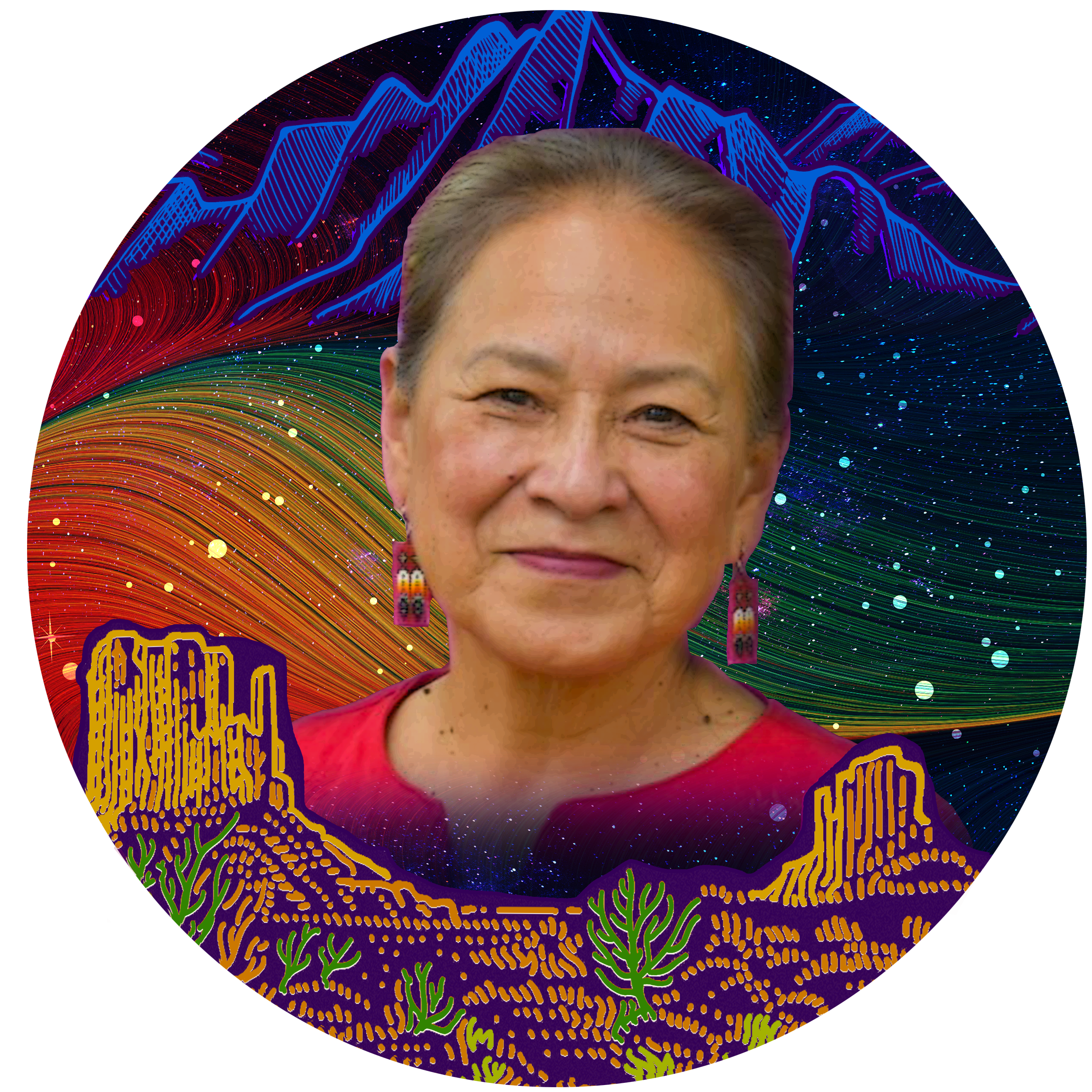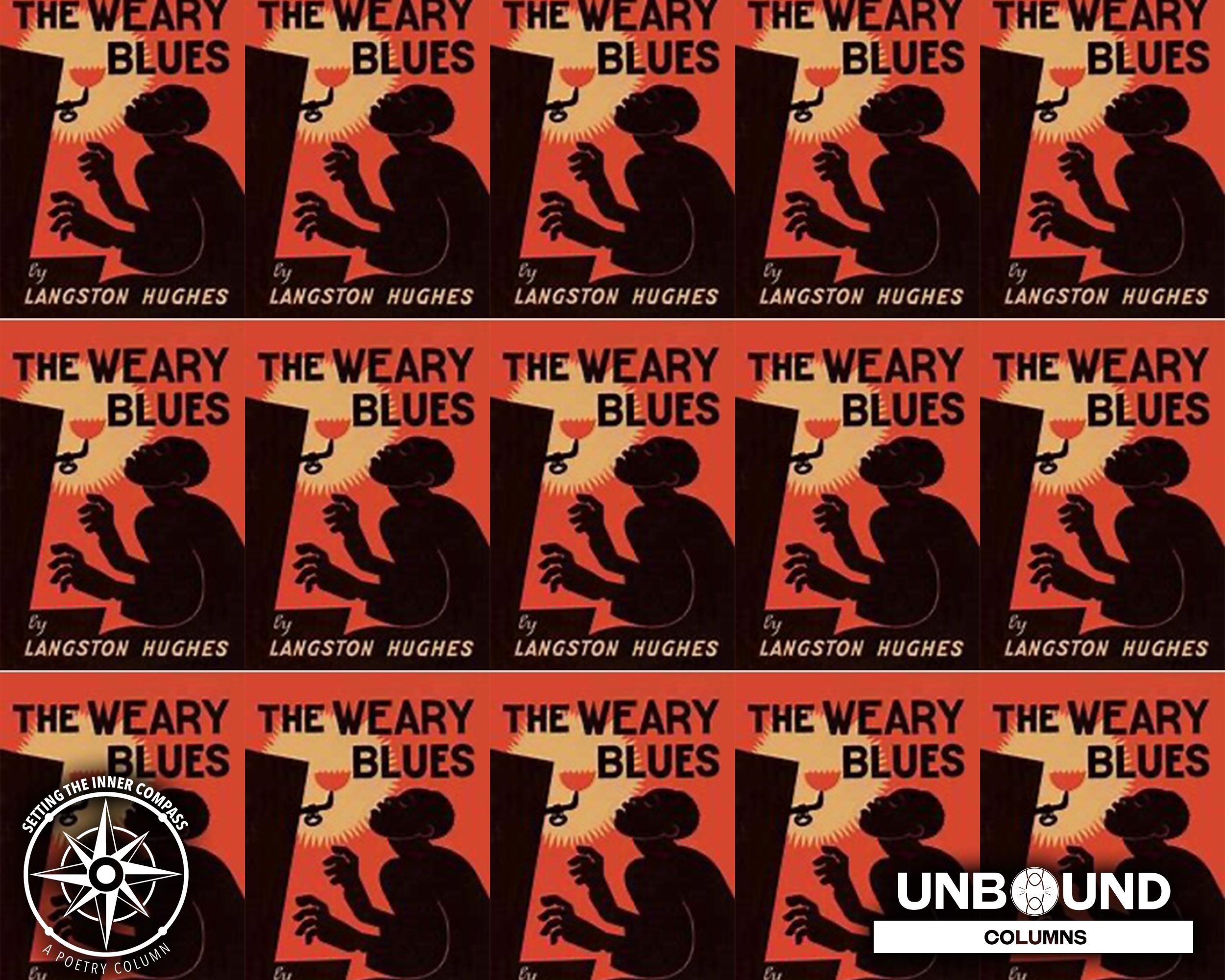In the Gospel of John 4:5–42, we read of a remarkable encounter between Jesus and a Samaritan Woman. Jesus and his disciples are traveling through Samaria. While this was not an altogether uncommon route for Jews, we do know that Jewish travellers would often make the slightly longer trek down into the Jordan Valley in order to avoid Samaria. Jesus sits by the well and waits as his disciples go off to find food. As the sun sits high in the sky, a Samaritan woman comes along to fetch water, and Jesus proceeds to converse with her. Men and women sitting by a well was the ancient equivalent of match.com — this portrayal is setting the reader up to expect a betrothal (see Gen 24:10–51; Gen 29:1–20; Exod 2:15–21). Instead, a dynamic exchange occurs between Jesus and the woman that runs headlong into the issues that divide them as people – their ethnic divide that has resulted in past and current hostilities as well as the important question of where the proper place of worship is. Suffice it to say, there are numerous historical and cultural dynamics at play in this interchange.
A recent book by Caryn Reeder called The Samaritan Woman’s Story: Reconsidering John 4 After #ChurchToo re-examines this passage of scripture. One of the valuable contributions of this book is the historical tracing of different interpretations of the Samaritan – these interpretive threads through church history continue to the present day. Of these interpretive threads the most common is the understanding that this woman was a lousy sinner, or as some modern preachers have crassly put it, the “town whore” (see Reeder, pg. 19, 76). Indeed, this may be the only way that you have heard this story preached and taught. This popular understanding is shocking to me as a biblical scholar. Why is this so shocking to me? No where in this text is she called out as a sinner! And Jesus has no problem in the Gospel of John in calling out people’s misdeeds (John 5:14, 8:7, 19:11). Furthermore, the Gospel of John plays with the theme of darkness and light through his narrative. Whereas the religious teacher Nicodemus came to Jesus in the cover of night and displayed a profound lack of understanding in John 3, this woman encounters Jesus in the light of day and displays profound insight and understanding. Not only does she have an intelligent encounter with Jesus, but as Harriet Livermore stated in 1824, she is “the first Samaritan convert to the Christian faith, and by a woman the proclamation was given first in the city Sychar, that Messiah was come” (quoted in Reeder, pg. 175).
What then of the issue of her divorces? On this, I think we can reconstruct a healthier understanding of this encounter. First, it is clear that she is being displayed through the passage in a positive light. This means that when she responds “Sir, I see that you are a prophet” (John 4:19), that she has correctly discerned the reason for bringing up the divorces and current co-habitation. She correctly discerns Jesus’s point in bringing up the issue – he is a prophet, NOT a judge. Second, we do not know a lot about Samaritan theologies and practices. But their closest religious relatives, despite the vitriol, were the Jews. The Samaritans held to only the five books of Moses as scripture, and in the Mosaic Law there are some clear teachings on divorce. But scholars also know from this time period that there was a debate in Judaism on divorce. Essentially, one school of thought (the Hillel school) allowed a man to divorce his wife for virtually anything that dissatisfied him, while a second school of thought (the Shammai school) argued that divorce was only allowed in cases of adultery. Jesus enters into this debate elsewhere in the gospels (See Matt 5:31–32 and 19:1–9) and clearly aligns himself with the Shammai school of thought. This debate was far from settled in Christ’s day, and he makes clear statements about divorce to make clear how this should be understood.
If this Jewish dispute is a plausible reality in the Samaritan context (and I think it is), then the picture in John 4 becomes clearer. Jesus is NOT calling her out on her sin, but calling out an unjust patriarchal practice that has placed all of the power in the hands of husbands to divorce a woman for any reason that suited them. Confirmation of this is simply in the fact that she did remarry. Jewish practice during this time, stemming from the Mosaic law, was that a certificate of divorce needed to be provided by the husband so that a divorced woman could marry again — and certificates of divorce were not given when adultery was the grounds of divorce.
Jesus is not rubbing sin in the face of a woman he just met. He is, rather, shedding light on an unjust practice that left her helpless to the whims of men and a religious community that propped up this behavior. And finally, Jesus recognizes that she now does not even have the security that betrothal provided women of that day. She lives with a man who will not marry her. She has longed to build a life with a faithful husband, and this has not happened. Jesus does not confront her at her greatest point of sin, but steps gently to encounter her at her greatest point of pain. She has been victim to a system stacked against her. Jesus doesn’t forgive her. Jesus liberates her. A woman who has been used, abused, passed along, and silenced now finds her voice and her confidence. She is known, and she is loved.
I cannot help but wonder, and lament, at the theology of modern preachers and teachers who have asserted that all of the blame is on this woman and that Jesus confronted her with it at the outset of their meeting. What does this say about their Christology? We don’t need to wonder much about it, as our theologies quickly become how we live out our faith. If Jesus approached this woman with a legalistic ethic, then why shouldn’t we also call out peoples sins and shout our disdain from the street corners or the twitter-verse? But, if Jesus instead displayed a relational ethic that listened to her story and spoke to her with dignity and compassion? Well, that changes everything.
So let’s go forth and do likewise. Make the uncomfortable step to encounter people that we may otherwise want to avoid. Step tenderly and with respect into places of pain and unjust circumstances in the lives of others. Let’s not be afraid to expose unjust systems and practices that are oppressing others. And let’s help others to find their voice. The Samaritan woman’s voice was heard not in spite of her circumstances, but because of them.
“Many Samaritans from that city believed in him because of the woman’s testimony…They said to the woman, ‘It is no longer because of what you said that we believe, for we have heard for ourselves, and we know that this is truly the Savior of the world’,” (John 4:39, 42).

Danny Zacharias is a Cree-Anishinaabe & Austrian man originally from Winnipeg (Treaty One territory), with ancestors also residing in Treaty Two, Treaty Three, and Treaty Five territory. He lives now in Mi’kma’ki (Nova Scotia) with his wife and four children, and is Associate Dean and Professor of New Testament Studies at Acadia Divinity College.



Unbound Social